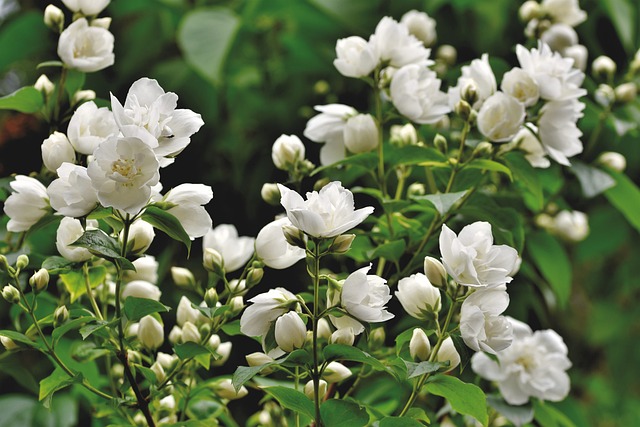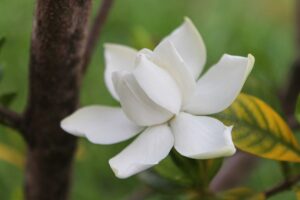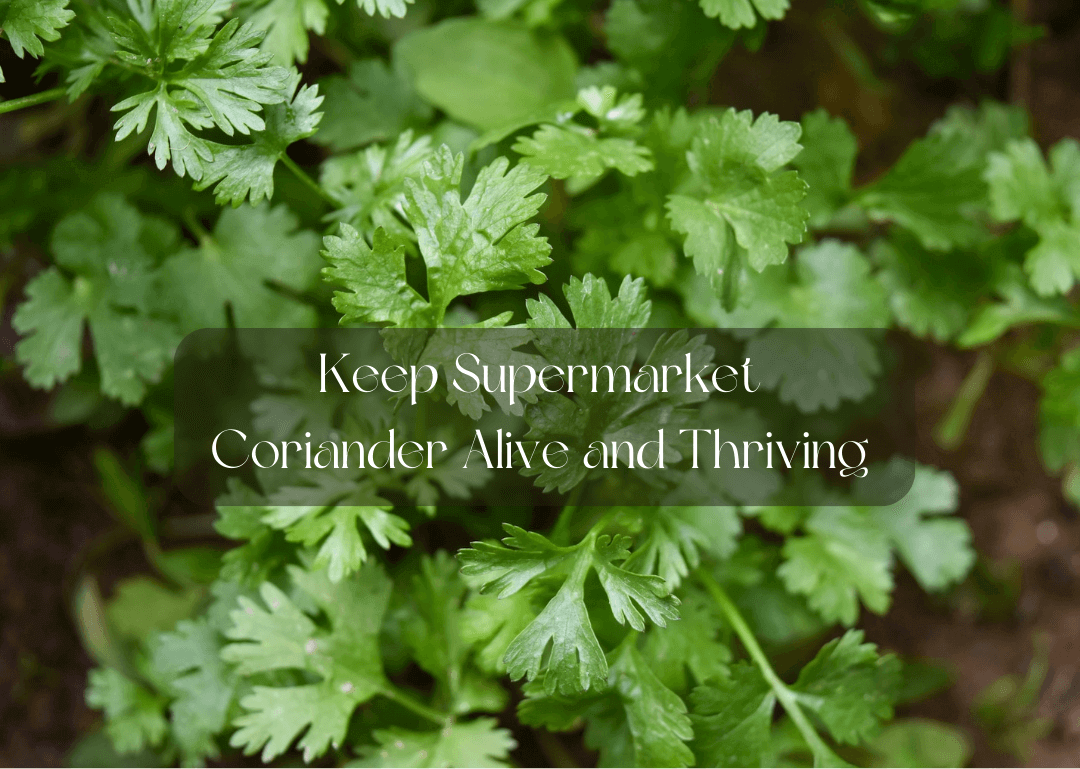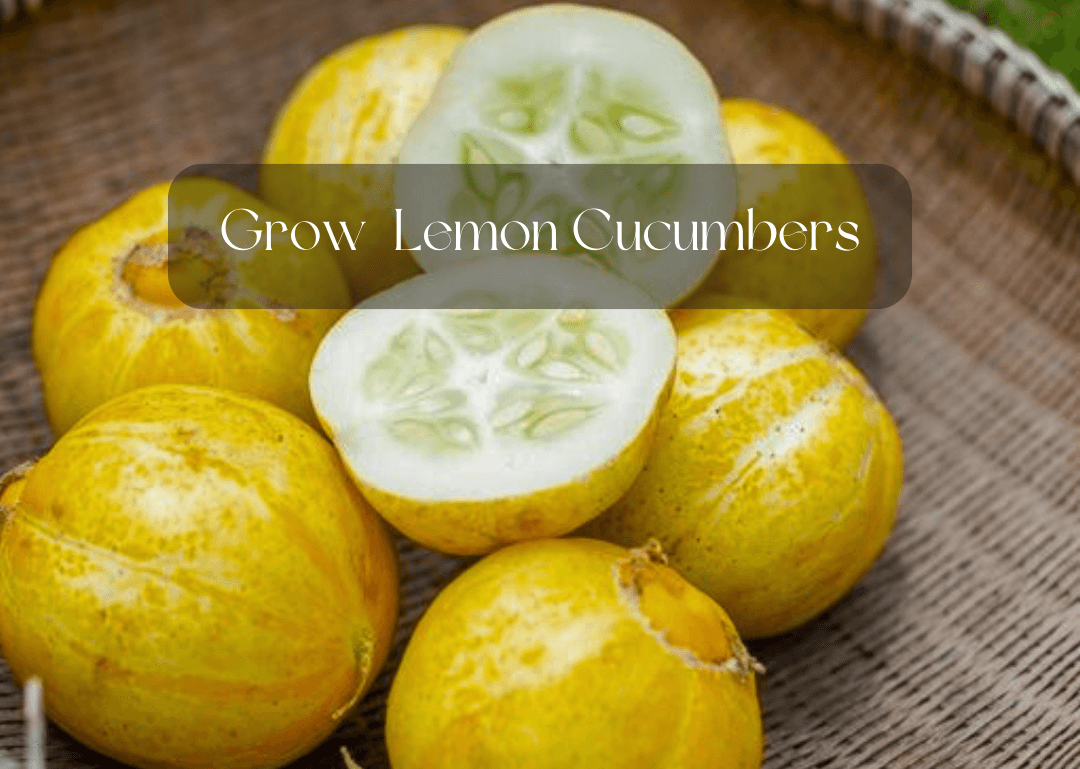
How to Grow White Jasmine (Jasminum Polyanthum) Indoors? 7 Tips
Oh, the beauty and fragrance of white jasmine blooming indoors is truly a delight to behold. This fragrant and versatile plant is native to China and is often used in traditional Chinese medicine. But now the question comes, can you grow white jasmine indoors? The answer is yes, with proper care, white jasmine can thrive indoors, bringing beauty and a sweet aroma to your home.
So if you’re looking to add some natural beauty and a touch of serenity to your indoor space, white jasmine is a perfect choice. In this article, we’ll provide some tips and guidelines to help you successfully grow and care for white jasmine in your indoor space.
Why Should I Grow White Jasmine Indoors? Its Benefits
The delicate white flowers of Jasmine with soft, velvety petals are a stunning sight to see, especially when they’re in full bloom. The sweet aroma that emanates from the blossoms is simply heavenly, filling your home with a calming and soothing scent that’s sure to uplift your mood and bring a sense of tranquility to your space.
As you watch your white jasmine grow and flourish, you’ll notice the graceful way its vines wind and twirl around their supports, creating a beautiful, natural display that’s both elegant and charming. And when the plant is in full bloom, you’ll be captivated by the sheer number of blossoms it produces, each one radiating its own unique beauty and fragrance.
How to Grow White Jasmine (Jasminum Polyanthum) Indoors?
Growing white jasmine indoors is a wonderful way to add a touch of natural beauty and sweet fragrance to your home. But just like any other plant, it requires proper care and attention to thrive. We have given a step-by-step guide so that you can grow white jasmine indoors easily:

Choose the Right Container to Grow White Jasmine
The container you choose to grow white jasmine indoors is very important. Make sure to select a large pot (14” x 14”) with drainage holes to prevent water from accumulating and causing root rot. It must be large enough to accommodate the plant’s root system, but not too large, as this can lead to overwatering. A terra-cotta pot is a great option since they allow for proper air circulation and drainage.
Choose the Right Location for Your White Jasmine Plant
To successfully grow white jasmine indoors, you must choose the right location for the plant. White jasmine needs plenty of bright, indirect sunlight (at least 6 hours of sunlight), so it’s best to place it near a window with a lot of natural light.
Yet, make sure to avoid placing it in direct sunlight, as this can burn the plant’s leaves. Additionally, white jasmine prefers a warm and humid environment, so avoid placing it near drafty windows or in areas with low humidity. The kitchen is a good location since it tends to have higher humidity levels.
Seed vs Cutting | Which is Better to Grow White Jasmine Indoors
When it comes to growing white jasmine, both seed, and cutting methods are good, but the most common and effective method is by taking cuttings. Taking cuttings from an existing white jasmine plant will give you an exact clone of the parent plant and it is faster than growing from seed and can produce a plant with the same characteristics as the parent plant.
On the other hand, growing White Jasmine from seed can be a bit more challenging and unpredictable. the seeds can take a long time to germinate and grow into mature plants, and the resulting plant may not have the same characteristics as the parent plant. But at the end of the day, the choice is yours.
How to Grow White Jasmine Indoors from Seeds?
- Soak the seeds in water for 24 hours before planting to soften the hard outer shell.
- Fill a seed tray or small pots with well-draining potting mix and water thoroughly.
- Ensure you start the seeds at least 3 months before the average frost time.
- Plant the seeds 1/4 inch deep and cover them with a thin layer of soil.
- Water gently and place the tray in a warm, bright location (but not in direct sunlight).
- Keep the soil moist but not soggy and cover the tray or pots with plastic wrap.
- The seeds of White Jasmine should germinate in 2-4 weeks.
- Once the plants have a few true leaves, transplant them into larger pots.
Note: Propagation from seed may be more difficult than propagation from cuttings and may result in plants that differ from the parent plant.
How to Grow White Jasmine Indoors from Cuttings?
To grow white jasmine from cuttings, follow these steps:
- Take a 3 to 6 inches long cutting with some leaves from the parent plant’s stem.
- Remove the lower leaves, leaving only a few leaves at the top.
- Dip the cut end of the cutting into rooting hormone powder to encourage root growth.
- Plant it in a well-draining potting mix, making sure the soil is moist but not too wet.
- Cover the pot with a plastic bag to create a mini greenhouse and keep the soil moist.
- Place the pot in a bright, warm location but away from direct sunlight.
- Check the cutting regularly and mist it with water if the soil feels dry.
- After a few weeks, the cutting should start to grow roots and new leaves.
- Once the roots are established, remove the bag and care for the jasmine plant.
Pro Tip: It’s important to note that not all cuttings will root successfully, so it’s a good idea to take several cuttings at once to increase the chances of success. Also, be patient as it can take some weeks for the cutting to develop roots and start to grow.
How to Care for Your White Jasmine Plant Indoors?
Watering: Water your white jasmine plant when the top inch of soil feels dry to the touch, and make sure the pot has good drainage to prevent water from pooling at the bottom. Keep the soil evenly moist, but not too wet.
Temperature: White jasmine prefers a warm and humid environment. Keep the plant away from cold drafts and avoid exposing it to temperatures below 60 degrees Fahrenheit.
Fertilizer the Plants: Feed your white jasmine plant with a balanced fertilizer every 2-3 weeks during the growing season (spring and summer), and reduce the frequency during the winter months.
Pruning: Prune the white jasmine plant regularly to maintain its shape and promote new growth. Simply remove dead or damaged leaves and trim back any excessively long stems to encourage bushier growth.
Support: White jasmine is a climbing plant and will need support to grow properly. Provide a trellis, stake, or other support for the plant to climb on, and train the vines as they grow.
White Jasmine Plant Disease and Treatment
White jasmine plants can also be affected by blight, rust, and Fusarium wilt. To successfully grow white jasmine indoors you must take care of the plants from these diseases. Below is some information on each of these diseases:
- Blight: Blight is a fungal disease that can cause brown or black spots on the leaves and stems of your white jasmine plant. It can be caused by overwatering or high humidity levels. To prevent blight, make sure the soil is well-draining, and avoid getting water on the plant’s leaves or stem. Simply prune off any affected parts and treat the plant with a fungicide.
- Rust: Rust is also a fungal disease that can cause orange or brown spots on your white jasmine plant’s leaves. It can be caused by high humidity levels and poor air circulation. To prevent rust, ensure the plant has good air circulation and avoid getting water on the plant’s leaves.
- Fusarium wilt: Fusarium wilt is a fungal disease that can cause your white jasmine plant’s leaves to turn yellow and wilt. It is caused by a soil-borne fungus and can be difficult to control. To prevent Fusarium wilt, make sure the soil is well-draining and avoid overwatering.
- Fusarium Wilt Treatment: If your jasmine plant is affected by Fusarium wilt, you may need to remove the plant from the soil and discard it. Do not plant any other plant in the same soil for at least a year to prevent the spread of the fungus.
Pro tip: Regularly inspecting your plant for signs of blight, rust, or Fusarium wilt and addressing any issues promptly can help keep your white jasmine plant healthy and thriving.
Now You Can Successfully Grow White Jasmine Indoors
White jasmine is a very beautiful and rewarding plant to grow indoors, and with proper care and attention, it can flourish for years to come. Watching it bloom and fill your home with its sweet aroma is truly a wonderful experience, and with these tips, you can ensure that your white jasmine stays healthy and vibrant.
So bring a touch of natural beauty and tranquility to your indoor space by growing and caring for white jasmine, and enjoy the many benefits it has to offer. Happy Gardening!
Read more blogs from Rose’s Home Garden
- Terrace Garden Ideas for Beginners
- Grow Tumbling Tom Tomatoes
- Top 14 Low-maintenance Flowers for Pots
- Grow Sweet Potatoes from a Sweet Potato


